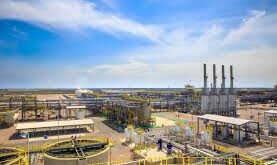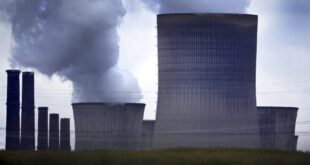The global oil industry is expected to ratchet up spending on new oil and gas projects this year. with the number of new final investment decisions (FIDs) soaring compared to the past few years.
The number of new FIDs could triple compared to 2018 totals. according to Rystad Energy. and that figure excludes the wave of investment in U.S. shale. Shockingly. the oil industry is also returning to large-scale. long-lived projects that seemed to be a thing of the past.
“We expect global FID volumes in 2019 to triple over last year. and 2019’s megaproject awards could lead to billions of subcontracting dollars in coming years.“ Rystad Energy upstream research analyst Readul Islam said in a statement.
After the 2014 oil market downturn. oil companies around the world slashed spending and cancelled projects. particularly the megaprojects that had shown a track record of cost blowouts and years of delays. Low oil prices – the “lower for longer“ mantra – seemed to spell the end to megaprojects. Oil markets were volatile and nobody knew if prices would ever rebound. so expensive projects that took years to develop fell out of favor. Many companies. including the oil majors. sold off assets and turned to shale. where wells take a matter of weeks to drill and complete.
More importantly. the longevity of oil demand is entirely up in the air. Most analysts see oil demand peaking within a decade or two. Some even say it could happen sooner. Against that backdrop. pouring billions of dollars into greenfield projects that will take years to come online and even longer before they pay off seems very risky.
Nevertheless. oil companies are becoming aggressive again. According to Rystad estimates. the oil industry is set to approve projects targeting 46 billion barrels of oil equivalent this year. three times the amount from 2018.
“The only supply segment likely to shrink this year is the oil sands. whereas deepwater. offshore shelf and other conventional onshore developments are all poised to show substantial growth.“ Rystad’s Readul Islam said. “From a geographical perspective. all regions are headed for robust growth except Europe and North America. still bearing in mind that shale plays are not included in these numbers.“
Asia and the Middle East. unsurprisingly. account for a major portion of the new projects. But South America. unlike in recent years. sees a major uptick in investment. Guyana and Brazil stand out as intense areas of focus for oil majors.
It’s notable that even as the industry returns to megaprojects. Canada’s oil sands still remains out of favor. In the short- and medium-term. oil sands face pipeline constraints and volatile pricing. But over the long-term. if any assets are going to be left stranded in a carbon-constrained world. oil sands have to be a top candidate.
Rystad said the new wave of investment is driven by a few key trends. LNG is a main focus going forward for the industry. as gas takes on a larger role worldwide. particularly in China where coal is facing a gradual phase out. Of the 46 billion barrels of oil equivalent receiving the go-ahead this year. LNG will capture a third of that total.
Another reason for the sudden uptick in new projects is that the industry is playing catchup after the 2014-2016 market bust. which saw massive project cancellation. These delayed projects account for nearly a quarter of new FID volumes in 2019. Rystad says.
Finally. Saudi Arabia alone is spearheading three massive new projects offshore. Saudi Aramco’s new projects account for a fifth of total FID volumes.
While Rystad’s numbers suggest the oil industry is getting more aggressive. the forecast may not come to fruition if even a handful of projects are not given the greenlight. The huge wave of new projects. measured in volumes. is “incredibly top-heavy.“ Rystad’s Readul Islam cautioned. “[D]elays to a few megaprojects currently expected to be approved in the second half of 2019 could turn the volume down significantly.“
 Iran Energy News Oil, Gas, Petrochemical and Energy Field Specialized Channel
Iran Energy News Oil, Gas, Petrochemical and Energy Field Specialized Channel




